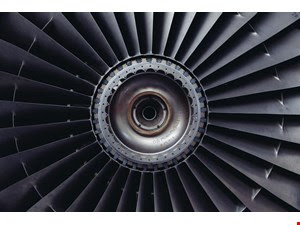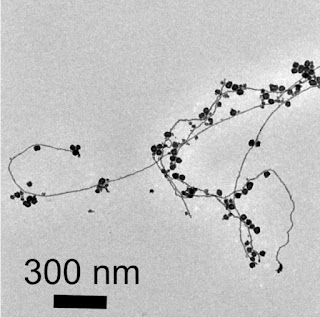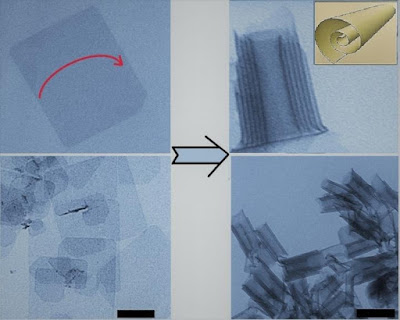Self-repairing
ceramic for aircraft engines
"Japanese analysts claim to have built up a fired material that self-repairs splits in only one moment and could definitely change fabricating strategies for the transportation business"
Full Story:
The
group from the National Institute for Materials Science (NIMS) and Yokohama
National University, Japan said the material could be utilized as a part of
plane motors to keep them working regardless of whether they are harmed in
crashes with airborne items.
Toshio
Osada, a senior specialist at the NIMS, stated: "When the plane motor
endures a break amid a flight, the earthenware material will empower the
airplane to repair the harm independent from anyone else before arriving
without halting the motor."
Wataru
Nakao, a designing teacher at the college, said the material "can be
utilized for a wide assortment of items," and the group is arranging
concentrates to market it.
Clay
influenced motors to have been viewed as a conceivable method to enhance
fuel-proficiency as it is lighter and more warmth safe than nickel and
titanium, however was considered excessively delicate for use in air ship
motors.
To take
care of the issue, the specialists added silicon carbide to an earthenware
material made of aluminum oxide. At the point when the earthenware broke at
high temperatures, the silicon carbide was presented to air and transformed into
silicon dioxide that filled in the split and repaired the harm.
The
self-recuperating process at first required around 1000 hours to finish,
however the NIMS specialists have now diminished the opportunity to one moment
under temperatures of 1000°C by including a small measure of manganese oxide
which they said advances the wonder.
The
researchers said they are chipping away at upgrades with the goal that the
material can repair harm at bring down temperatures, making it feasible for use
in the undercarriages of Shinkansen shot trains.





Comments
Post a Comment